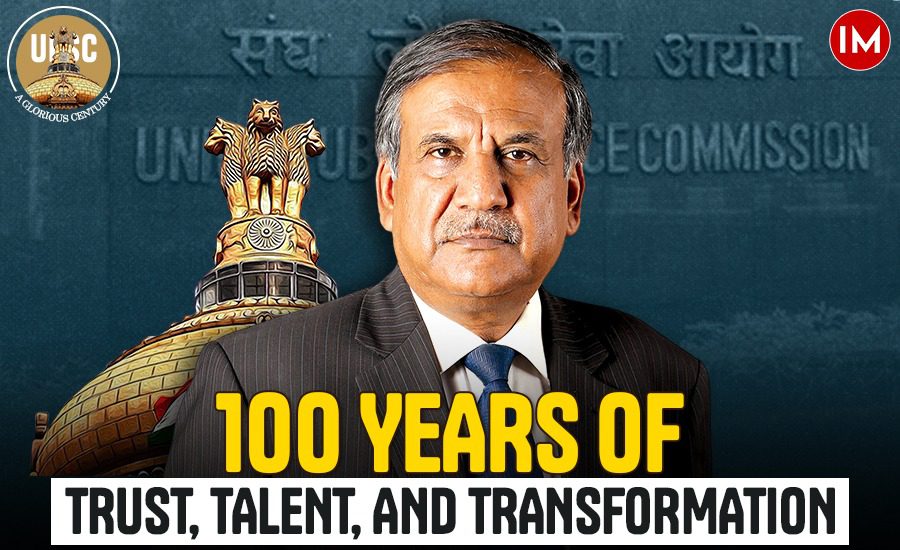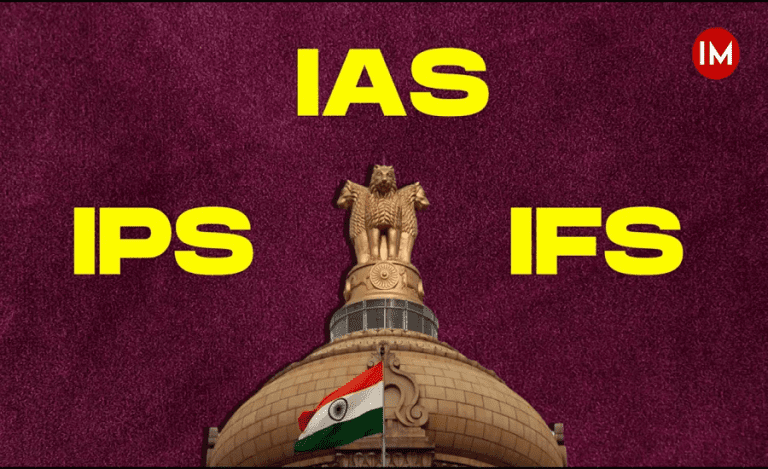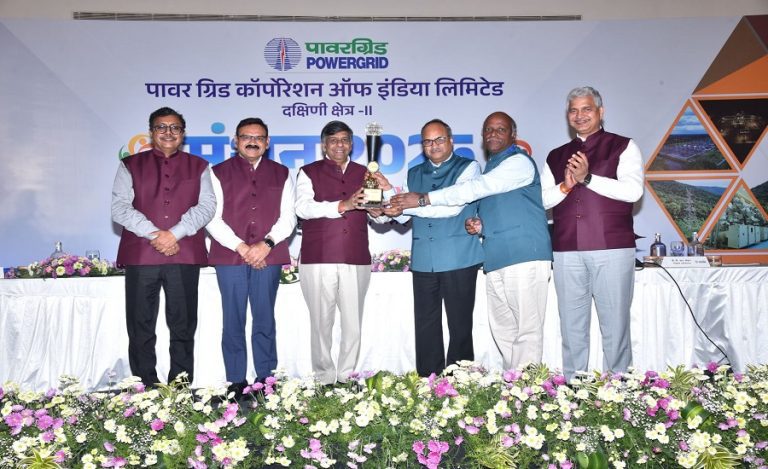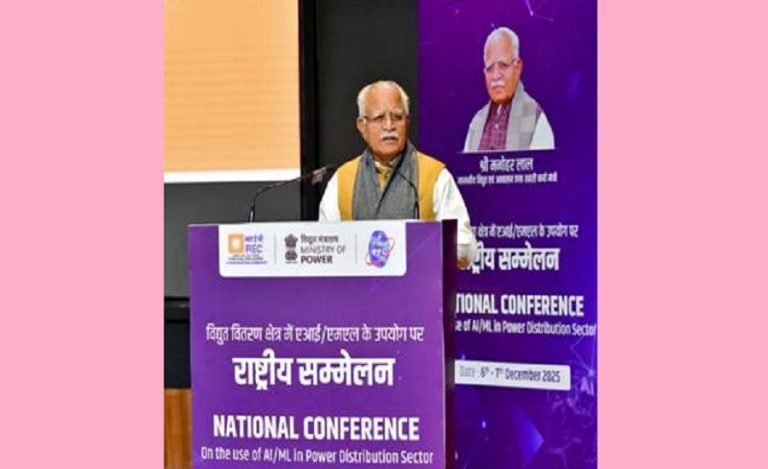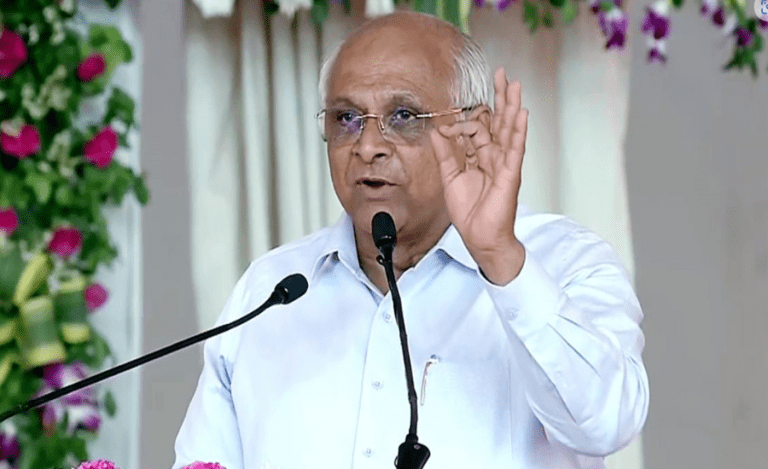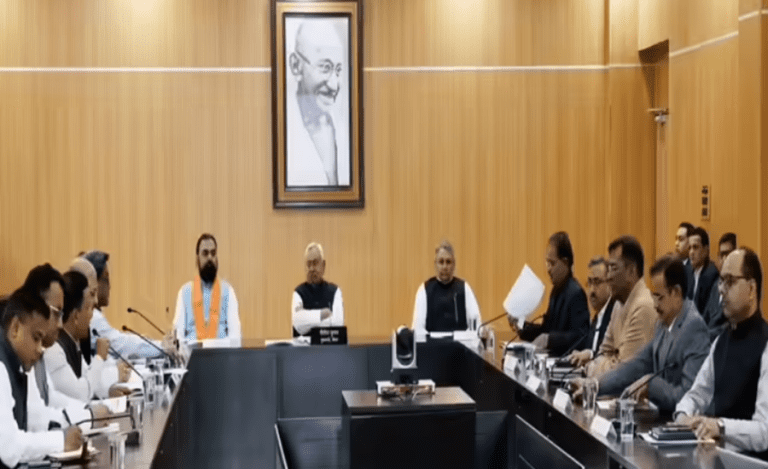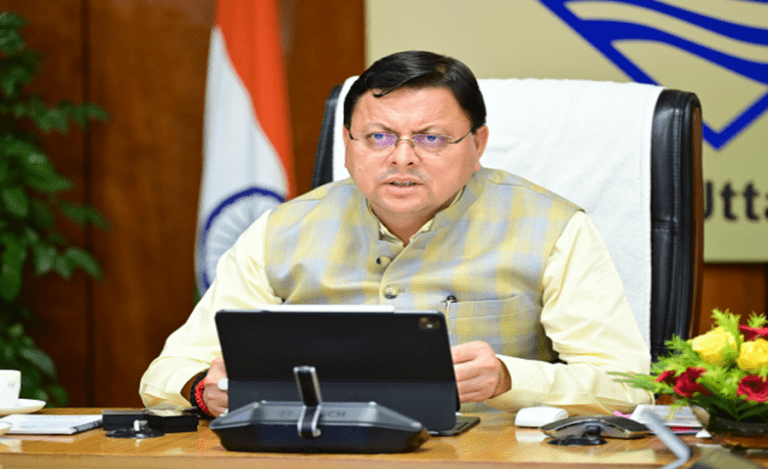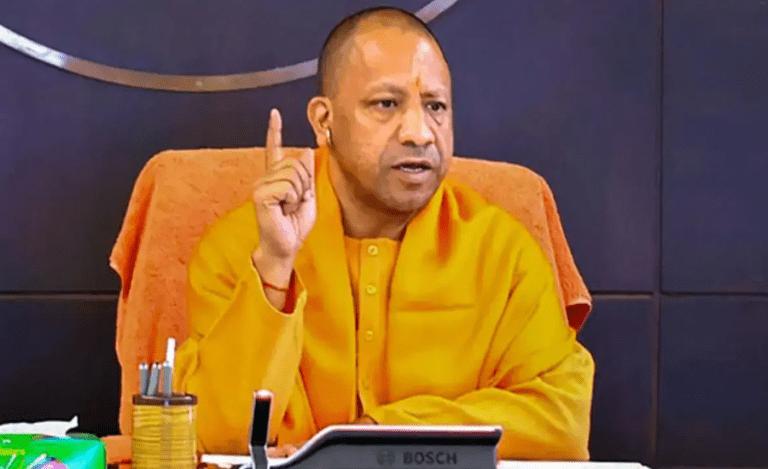UPSC scores a century
From 1st October for a year, UPSC celebrates its centenary. Without doubt, it has been a glorious knock and a well-deserved century. UPSC has contributed in no small measure to the continued merit-based recruitment to India’s highest civil services, and in the process, it has lived up to its constitutional mandate and earned the faith, respect and confidence of the people of India, doing its work in an impartial, competent and trustworthy manner. Over the years, the credibility of many institutions has been damaged, not that of the UPSC. It has only grown in stature and reputation.
Through the civil services examination and recruitment to the higher civil services (UPSC), both in practice and even more as an idea, it has been indirectly but inextricably linked with the administrative governance of the country, including the nature and competence of the services themselves. It is now well recognised that it will be the quality of governance of a country, not its natural resources, that will determine a nation’s ability to negotiate the emerging challenges of modern times. The centennial celebrations would, therefore, be a good time not only to recall briefly the history of the institution and the developments in the scheme of examination for the civil services, including in British times, which are very interesting in themselves and have lessons for today, but also to go beyond and discuss important changes needed in the structure of the examination as well as the larger context of the reforms needed to revitalise the highest services. This essay is a brief attempt to do so.
History of the Commission
Let us go back in time to the British period. After the battles of Panipat and Buxar, and amidst the chaos of a disintegrating Mughal empire, the East India Company assumed Diwani. This led to a period of administrative confusion and large-scale corruption. The Company had to find ways to deal with revenue matters and the administration of justice. Hastings on the revenue side and Cornwallis on the justice side are recognised as having contributed to the creation of the civil service in the modern sense. Hastings also renamed the supervisor as Collector in 1772, an institution that not only still survives but has remained a pivot of field administration since. Untrained young men chosen in England largely through patronage were the initial civil servants in India.
Marquis of Wellesley opened a training college in 1800, recognising the need to ensure a supply of men properly qualified to administer laws. This led to the establishment of a training college in London, which shifted to Hailebury in 1809, a precursor in a way of our own LBSNAA today. But the patronage in recruitment in England continued smelling of scandals and drawing much opposition. The political ideology was shifting to liberalism, with the emerging middle class opposing the existing system of privilege. This led to the Northcote-Trevelyan Report of 1854, which recommended that superior posts be filled by the ‘most promising young men of the day’ by selection through open examination on a level with the ‘highest description of education’ in the country. This promised a revolution in the quality of government. For the first time in the modern era, civil servants were to be chosen on merit not on patronage. This was a transformational change.
The first examination, only for the ICS, was held in London in 1855 conducted by Civil Service Commissioners appointed by Her Majesty in Council. They became an independent department not controlled by a minister. Although in the beginning they had no security of tenure and there was no guarantee of independence, this was so in practice. Thus, the examination came to be conducted by an independent body of men. While there was lot of discussion about what should be the attributes of the civil servants suitable for the role of ‘modernising’ India and ensuring the control of the empire, the selection process became independent of influence and knowledge, talent and character alone mattered. Anybody could make it.
After Independence the Constituent Assembly saw the need for giving a secure and autonomous status to UPSC for ensuring unbiased recruitment to the civil services as also for the grant of legitimate protection to the civil servants. It was accorded constitutional status as an autonomous entity under Art 315 of the Constitution and given the title Union Public Service Commission which discharges its functions under Articles 320 and 321. There was robust discussion on the powers and functions of the UPSC in the Constituent Assembly. The founding fathers of the Constitution considered its autonomy and independence to be the fundamental requirements to ensure merit-based recruitment to India’s highest civil services.
Changes in the structure of examination during the British period
The structure of the examination underwent several changes both before World War 1 and later. The most important related to maximum age. Interestingly, during the nineteenth century the biggest controversy was how low the maximum age should be while in India it has been how high it should go to. Macaulay chaired a committee which finalised the basic principles of the examination. They upheld the principle that civil servants ‘should enter on his duties while still young’. They therefore suggested the maximum age to be 23 while the minimum should be 18. They preferred the candidates to have had general liberal education. A few years later the maximum was reduced to 21 so that after training of 2 years they could go to India at 23. This reduction prevented candidates from completing their university degree. There was an additional fact that they could take as many subjects as possible. Both together helped ‘cramming’. Like in India today, cramming institutions initially thrived. This led to the maximum age being reduced by Salisbury in 1975 to 19 even though it was opposed by the civil service commissioners. A Public Service Commission set up in 1886 recommended reversion and the age was again raised to 23 in 1892.
The other interesting thing during this period was that the most prominent demand of the Indian nationalists was that the examination should be so structured that Indians could also qualify for the ICS and that it be held In India. This became even more vocal after the first Indian (Satendra Nath Tagore) qualified in 1865. Latin and Greek had 700 marks each while Sanskrit and Arabic had 375 which militated against Indian candidates. The British were afraid of the Indian mind. When the Commission rejected the demand for parity in marks, the Secretary of State had written that because they (Indians) had a great capacity for mathematics, equal marks in languages would give an advantage to them! Therefore, the British successfully prevented indianisation of the service before World War 1. But the fact remained that the quality of Indians selected was high. In fact, even when the examination was later started in India, the first Chairman of the Indian PSC studied the results of the London and Delhi examinations and concluded in 1932 that there were numerous cases where the candidate who failed in Delhi succeeded in London.
After the first world war, things changed. It was clear that the movement towards self-governance and independence in India would gather steam. There was a marked reduction in Britishers desiring to sit for this service. A separate examination was finally started in India in 1922, first held in Allahabad then shifted to Delhi in 1927. It was only logical that this be conducted by an Indian PSC. This idea was first included in the 1919 Act. It was set up in 1926 and was the Civil Services Commission. It became the Federal Public Service Commission through the Act of 1935 and started conducting independent examinations from 1937. Naturally, all this also led to a substantial increase of Indians in the service.
There were two other important structural issues related to the examination system which are worth noting and which have lessons for us today. First, in 1917 the examination was divided into two sections. One became compulsory for all – essay writing, current affairs, English, auxillary language and everyday science. Further a viva voce was introduced with 300 marks out of a total of 1900. It was an innovation to test ‘alertness, intelligence and general intellectual outlook’. Essentially, this structure continues, though marks have changed and interview marks reduced, with its own implications. Second, in 1930, the qualifying marks, which had hitherto been 550 out of 1700 were raised to 750. Since the examination had become more accessible, too many candidates of poor quality were appearing. Even then concern was expressed at the quality of university education. The intention of raising the qualifying marks was to prevent claims from such candidates that they had cleared the ICS examination and also to maintain a minimum standard. It was also noted that ‘many have no chance whatever of success and merely impede the work of the examiners and the PSC’.
This problem continues and has only magnified.
Part 2 of the opinion piece will be uploaded soon…
(Deepak Gupta is a former chairman of the Union Public Service Commission. He is an IAS officer of 1974 batch and an alumnus of the St. Stephens College.)

